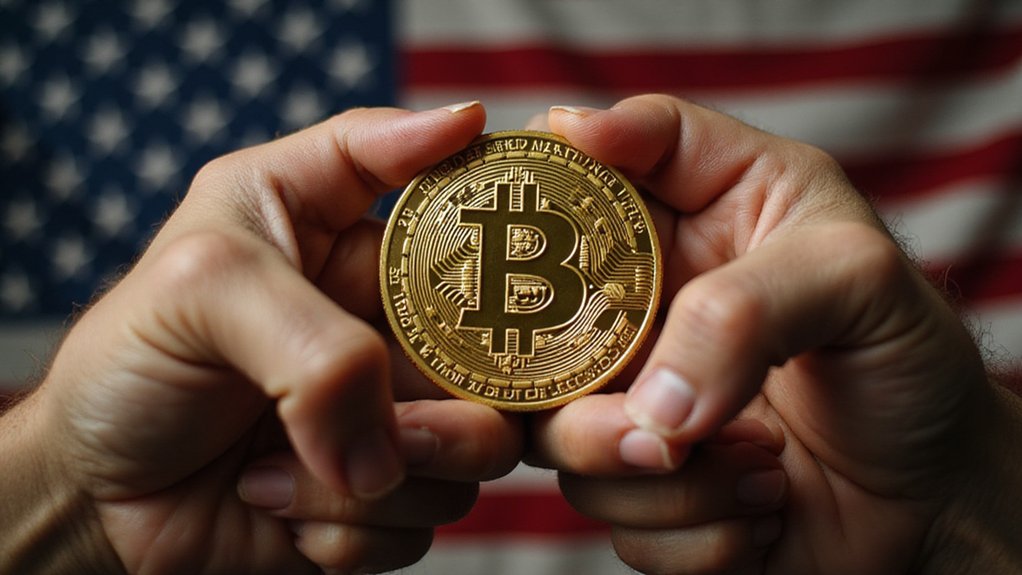While most social media platforms content themselves with harvesting user data and selling advertisements, Truth Social has apparently decided that the logical next step in its evolution involves launching a dual Bitcoin-Ethereum ETF—because nothing says “alternative social media platform” quite like filing S-1 registration forms with the very regulatory apparatus that its founding principles ostensibly oppose.
The audacious financial maneuver, orchestrated through Trump Media and Technology Group (TMTG) and sponsored by Yorkville America Digital, proposes a commodity-based trust with a 75% Bitcoin, 25% Ethereum allocation. The structure aims to simplify crypto exposure for investors who presumably find the complexities of wallet management more intimidating than traversing the political intricacies of Trump-affiliated investments.
NYSE Arca has dutifully submitted its Form 19b-4 seeking listing approval, while the SEC contemplates whether to bless this particular marriage of populist politics and digital assets. The timing proves especially intriguing given the regulatory environment‘s historical skepticism toward crypto ETFs, though recent approvals suggest the commission’s warming disposition toward such instruments.
Crypto.com emerges as the designated custodian—a choice that raises eyebrows given the platform’s own regulatory journey and the irony of entrusting crypto assets to an entity that has faced its share of compliance challenges. The custody arrangement emphasizes security and regulatory compliance, though definitions of both remain somewhat fluid in cryptocurrency markets.
This ETF filing follows TMTG’s recent SEC approval for a $2.3 billion Bitcoin treasury registration, signaling a thorough pivot toward crypto-denominated financial products. The company’s strategic transformation from social media platform to crypto asset manager represents either visionary diversification or desperate pivoting, depending on one’s perspective regarding both Trump’s business acumen and cryptocurrency’s long-term viability. The trust ownership structure becomes particularly relevant given that DJT remains 52% controlled by a trust owned by President Trump, amplifying the political dimensions of any investment decision.
The broader implications extend beyond mere financial engineering. Should the SEC approve this hybrid creation, it would legitimize crypto exposure through traditional brokerage platforms while simultaneously validating Trump’s latest venture into regulated financial products. The ETF structure essentially creates digital securities that would operate on blockchain technology while maintaining compliance with traditional financial regulations.
Investors seeking Bitcoin and Ethereum exposure without direct crypto market participation might find the proposition appealing, assuming they can reconcile their investment objectives with the underlying political associations.
The regulatory approval timeline remains uncertain, though the filing’s completion suggests serious institutional backing beyond mere publicity stunts.









